China’s industrial production growth for May came in at 3.5% yoy, aligning with market expectations. However, a discrepancy was observed in growth rates of private and state-owned businesses. Industrial output from private businesses only managed to expand by 0.7% yoy, a stark contrast to the 4.4% yoy growth posted by state-owned enterprises.
Furthermore, China’s fixed asset investment rose 4.0% ytd yoy, a figure falling short of the anticipated 4.4% and a marked deceleration from 4.7% recorded during the first four months of 2023. Notably, private businesses experienced a dip in their fixed asset investment by -0.1% ytd yoy, while state-owned enterprises reported robust growth of 8.4%.
Meanwhile, retail sales failed to meet expectations, recording a rise of 12.7% yoy, lower expectation of 13.9% yoy increase.
In a separate but related development, People’s Bank of China announced a cut in rate on its one-year medium-term lending facility loans to financial institutions. The rate was lowered from 2.75% to 2.65%, following the bank’s decision to cut seven-day reverse repo and standing lending facility rate earlier this week.




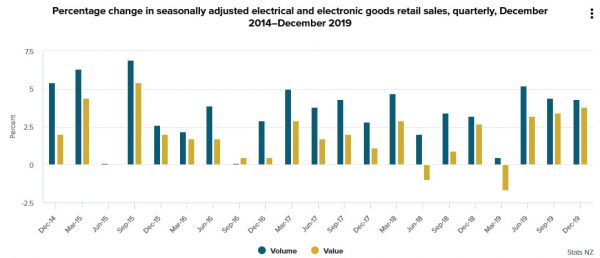
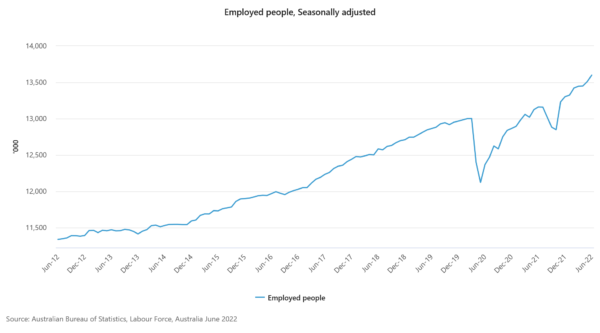
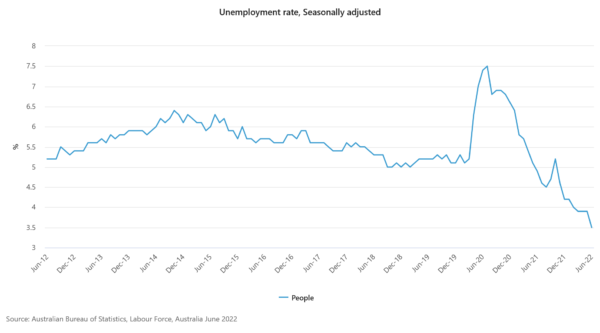
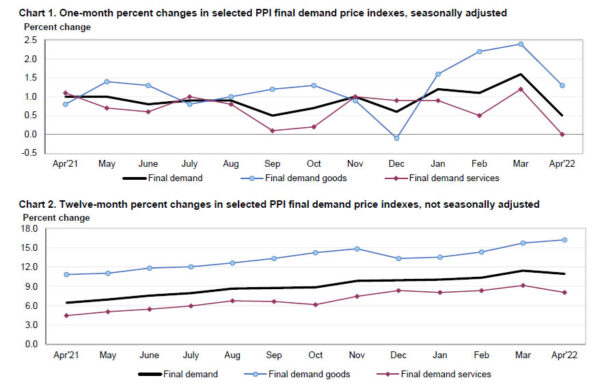
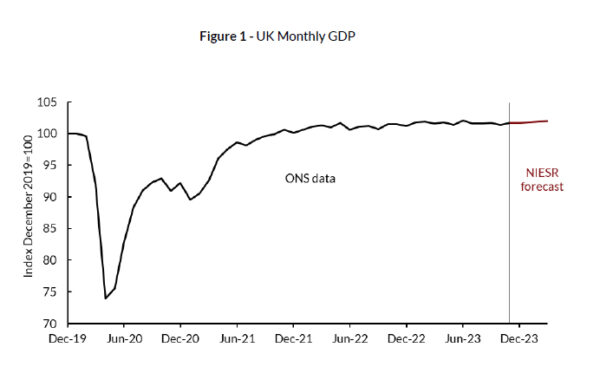
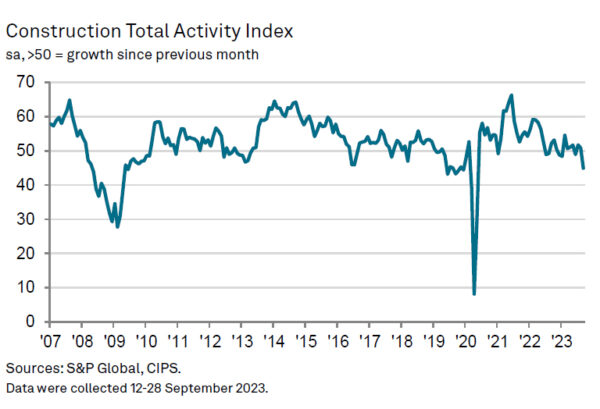
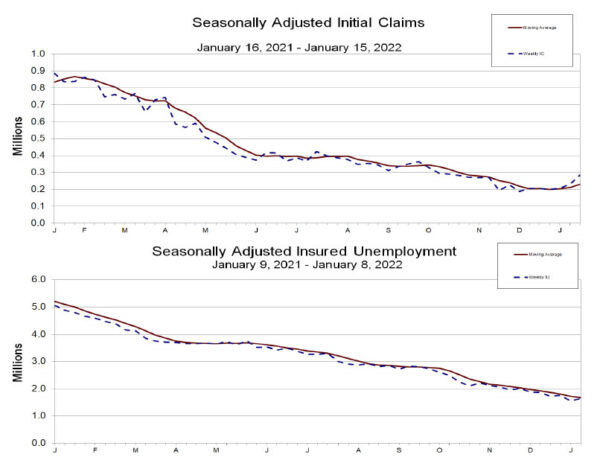

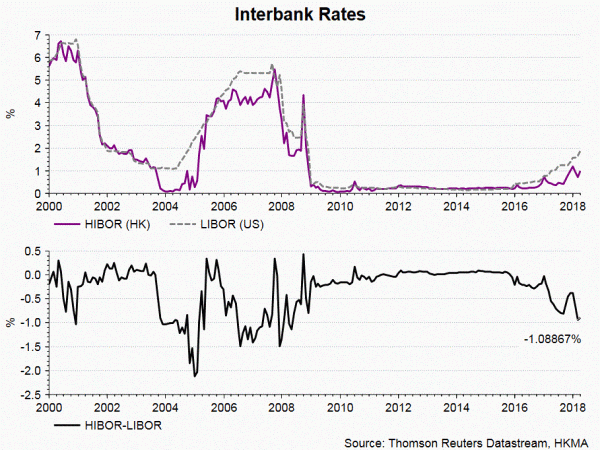
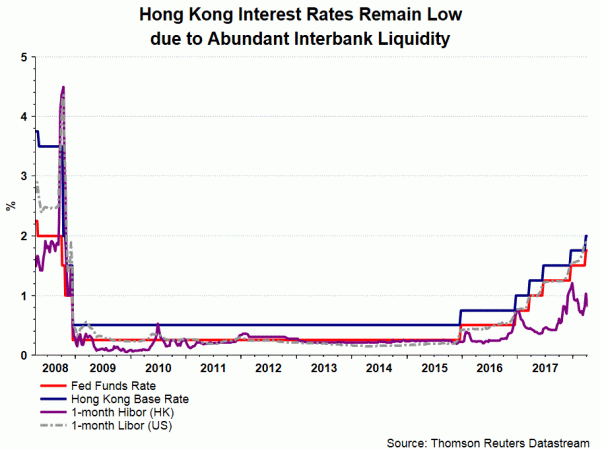
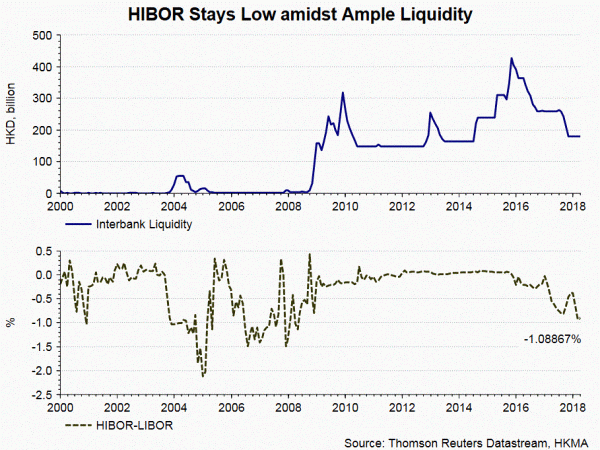
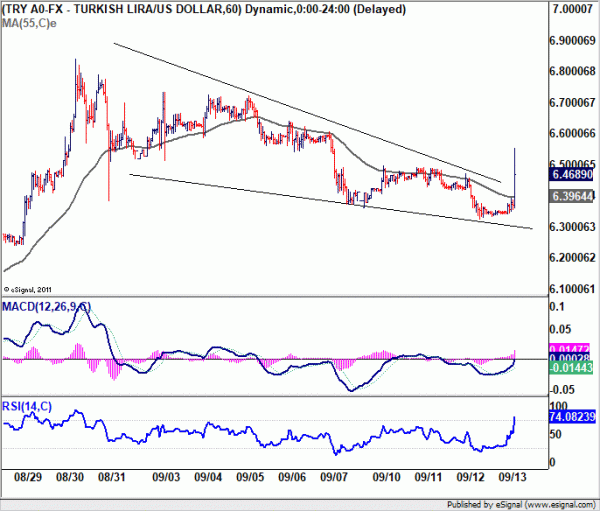


ECB’s Lagarde: We can now observe very attentively
ECB President Christine Lagarde, said at Bundesbank event today that the central bank has “already done a lot” in fighting inflation, referring to the series of rate hikes. Now, given the “amount of ammunition” being deployed, ECB is positioned to “observe very attentively”.
With observations on how tightening have impacted people’s economic life, ECB can decide, “how long we have to stay there and what decision we have to make — up or down, she added.
However, despite these efforts, Lagarde emphasized that “the battle is not over and we’re certainly not declaring victory.”